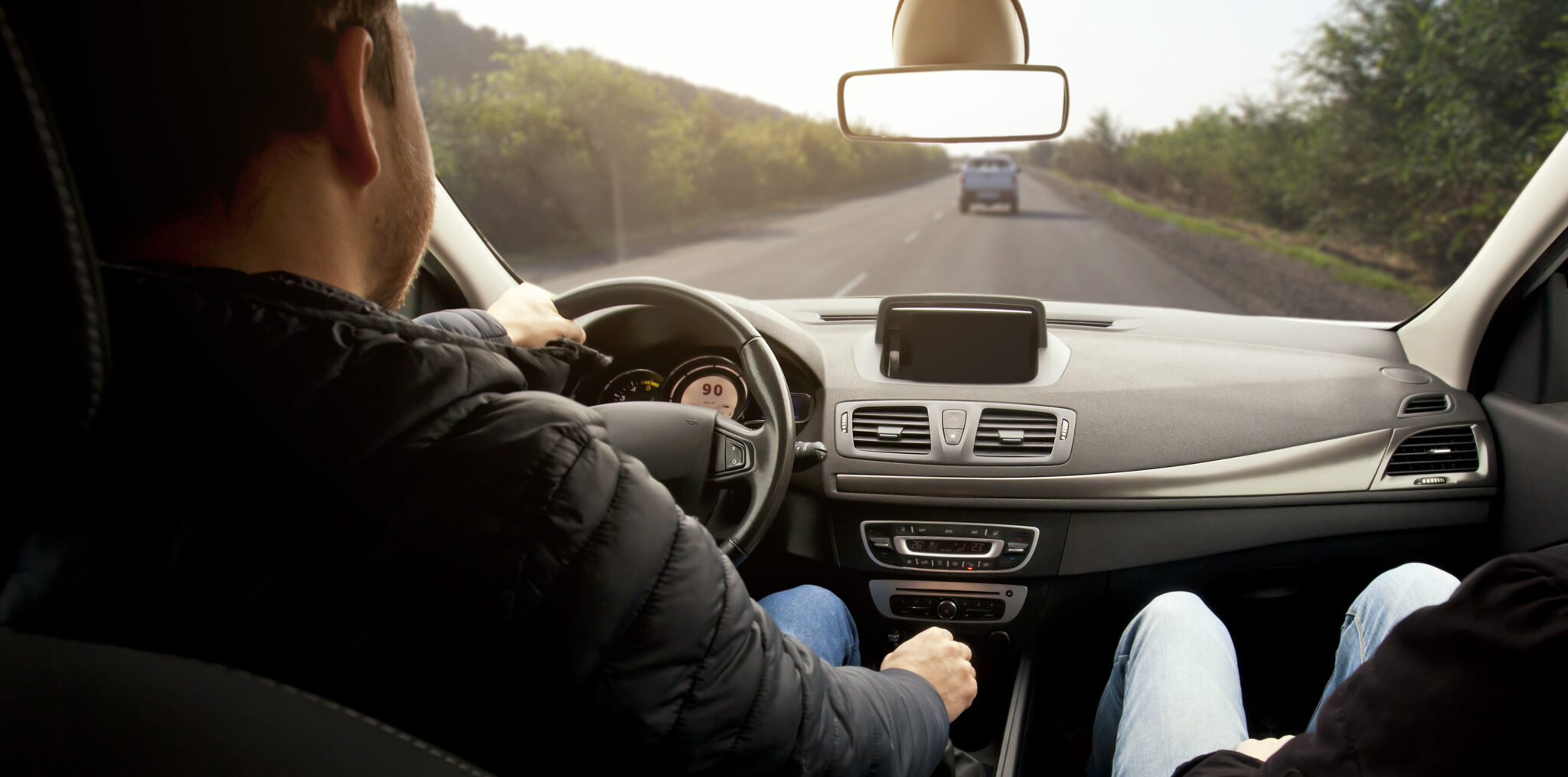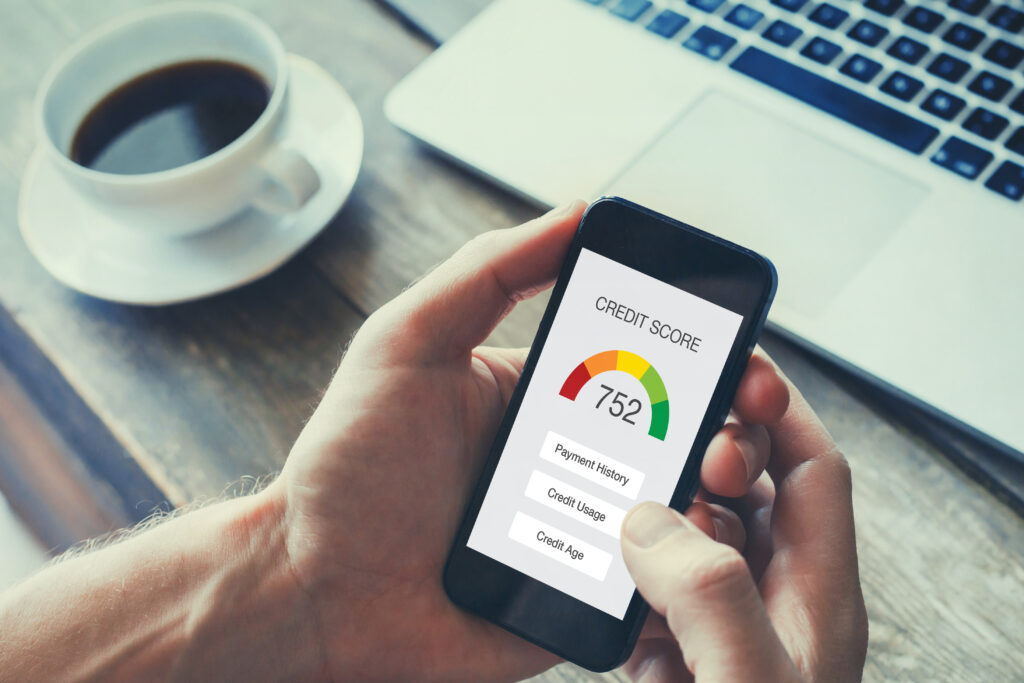The amount you pay for your auto policy depends on several factors, such as your age or driving record. According to the Insurance Information Institute (III), the type and amount of coverage you buy affects rates significantly. This might seem obvious, but it’s important to keep in mind. Otherwise, you could end up paying more than you can afford.
In this article:
- Why extra protection costs more
- Coverages worth considering despite the expense
- How limits affect rates
- How deductibles impact your premium
- Buy as much coverage as you can afford
- Other pricing factors
- Frequently asked questions
Extra Protection Costs More
Most drivers prefer full coverage auto insurance policies, including at least liability, collision, and comprehensive. Of course, most states require liability, at a minimum. This will protect other drivers from damages or injuries you cause in an accident. Sounds great, right? The only problem is that adding these will more than double your premium.
However, no state requires collision or comprehensive insurance. So, anything above and beyond state minimum requirements is up to you to add. But if you’re financing your car, your lender will almost certainly require full coverage until your pay off your loan.
Collision
Collision protects you against crashes with cars or other objects. This includes things like your house, potholes, or even black ice.
Your collision coverage also pays for rollover accidents that don’t involve any other vehicles. It’s not a requirement, but if you get into an accident and are at fault, you’d have to pay out of pocket for the damages. According to a 2019 study of NAIC data by the Insurance Information Institute (III), 75% of policies include it.
Comprehensive
Comprehensive protects your car from damage-causing events or “acts of God” but not vehicle collisions. Qualifying events includes:
- Natural disasters e.g., hurricanes, tornadoes, and hailstorms
- Floods
- Fires
- Vandalism
- Theft
- Collisions with an animal, such as a deer
Comprehensive insurance isn’t something states typically require. But if you live in an area at risk of harsh weather or crime, you should at least consider it. But keep in mind that adding comprehensive will raise your rates. According to the same III study, as many as 79% of drivers added this coverage to their policies.
Coverages Worth Considering Despite the Expense
Collision and comprehensive aren’t the only coverages that you can add to your policy. Insurers offer plenty of other options that you might want or need to add. All of these options can be useful, but they’ll also cost you extra money in the long run.
Here are the other coverage options available depending on your insurance carrier:
- Personal injury protection (PIP). PIP covers personal injury expenses after an accident. Some states require you to have it. Be sure to consult your state’s laws to see if it’s required.
- Medical payments coverage (MedPay). MedPay is similar to PIP. It helps you and your passengers avoid having to pay expensive medical costs after an accident. Some states may also require you to have it.
- Uninsured and underinsured motorist (UM and UIM). This protects you if you get into an accident with a driver who has little or no coverage. Some states will require you to have this on your policy.
- Guaranteed Asset Protection (Gap). Gap insurance protects you from owing money on your loan if an accident totals your car. It’ll cover the difference between the loan and your car’s cash value.
- Rental reimbursement. This will pay for a rental car after an accident makes your vehicle undrivable.
- Rideshare. Ridesharing coverage protects you if you driver for a car-sharing service, such as Uber or Lyft.
- Roadside assistance/towing. Roadside assistance coverage offers emergency assistance if you’re stuck on the side of the road. This includes towing costs.
- Umbrella. An umbrella policy is extra liability protection that protects you if an accident’s damages exceed your limits. This helps you avoid paying out of pocket in accidents with expensive cars or property.
Many of the above insurance types are add-ons to your policy. All add-ons will cost you extra money if you choose them. It’ll be up to you to decide whether they’re worth it or not.
How Limits Affect Rates
Every state that requires auto insurance sets required policy limits that are the maximum amount your insurer will pay out when you file an incident claim. Each type of coverage has its own limit.
You have the option of just sticking with the minimum amount or adding as much more as you want. Setting your limits low can result in a degree of financial risk. You’re potentially setting yourself up for disaster later on. In many cases, a state’s minimum car insurance requirement won’t be enough to protect you from paying for expenses with your own money.
Setting your insurance limits too high can also cost you a ton. You should only set them as high as you can afford. It would be a wise choice to speak with your agent about how high you should set yours.
How Deductibles Impact Your Premium
A deductible is the amount of money that you must pay your insurer when you file a claim. How high or low you set your deductible affects how much you pay for your premium. Setting your deductible higher means that your rates will be lower. For example, raising your deductible from $500 to $1,000 will result in lower premiums. If you lower your deductible, you’ll be paying higher rates.
You’ll be responsible for paying the deductible when you make a claim. Only set it to an amount that you’ll be able to pay if you have to file.
Buy as Much Coverage as You Can Afford
Everyone wants to keep their premium as low as they can. However, there are reasons why you may want to buy more insurance than required. The idea of adding extra coverage can give you a feeling of security because it protects against disaster. Though, it can get expensive.
The general rule is to buy as much auto insurance protection as you can afford. You should, however, note that higher limits will cost you extra. State requirements are often not enough to cover the expensive damages in an accident.
You should aim to buy coverage types that fit your needs. For instance, you shouldn’t buy gap insurance unless you own an expensive or new car. On the other hand, you may need comprehensive if you live in an area that has weather or crime concerns. Ultimately, it’s up to you decide which types you need and how much of each.
It’s also important to figure out what your limits and deductibles will be set at. Try to set them as high as you can to protect against financial disaster. Deductibles can also save you money if you set them higher. But make sure you’re able to pay for it.
The amount of insurance you buy should match what you can afford to carry. As long as you don’t take on too much at once, you should find the right balance between your rates and how much coverage you need.
Other Pricing Factors
How much coverage you buy is a major rate factor, but it’s not the only one. Auto insurers use a variety of other details to decide your costs. These typically relate to you or your record to predict your risk-level. Here are the most common car insurance rate factors:
- Age. If you’re younger or have less driving experience, your rates may be higher. On the other hand, older drivers over the age of 65 can also expect more expensive costs.
- Credit score. In some states, poor credit ratings result in higher premiums. Several states ban this practice, but enough allow the use of credit scores to make this a major rate factor.
- Driving record. Having tickets and accidents on your driving record shows you may be a high-risk for providers. This will result in higher rates.
- Where you live. Your state, city, and Zip code factor into your premium. Costs vary greatly depending on how much coverage your state requires or how risky your city is for accidents or claims.
- Yearly mileage. The more you drive, the higher the chance of an accident and the more your policy will cost. Driving over than 7,000 miles per year may result in a more expensive premium.
Frequently Asked Questions
How much coverage should I buy?
This is a personal question that only you can answer. Most states require you to buy a certain amount. But the general idea is to buy as much insurance as you can afford. This ensures that you have the right amount to protect your finances if you get into an accident. Also, be sure to select different coverage types that fit your needs.
What should I set my deductible at?
The dollar number you set your deductible at will have an impact on your auto insurance rates. Setting it higher will lower your rates. Lower deductibles will mean a higher premium, but the cost will be more manageable if you get into an accident. You should set your fee at an amount that you’ll be able to pay when you need to file a claim. Don’t set it at an amount that you can’t pay later on.
Are my state’s minimum limits enough?
Your state’s coverage requirements are just that: the bare minimum just to be able to drive. Car accidents often result in expenses that far exceed the required limits. Generally, everyone should buy as much insurance as they can afford. However, personal factors will dictate how much protection you need to buy to satisfy your risk tolerance.
Do you really need full-coverage?
This depends on each person and their situation. Lenders always require full coverage when you’re financing a car. But if you own your car outright, it ultimately comes down to how much you love it. If your car is of little value (we’re talking a beater), it’s almost never worth it because insurance payments could end up exceeding its value.
How high do experts think your limits should be?
According to the III, you should set your coverage limits at around:
- $100,000 for bodily injury or death of one person
- $300,000 for all injuries or death in an accident
- $100,000 for property damage liability
- $25,000 for MedPay or PIP
- $25,000/$50,000 for UM and UIM coverage
Additionally, you should have a $500 collision and comprehensive deductible if you choose to buy full coverage.


